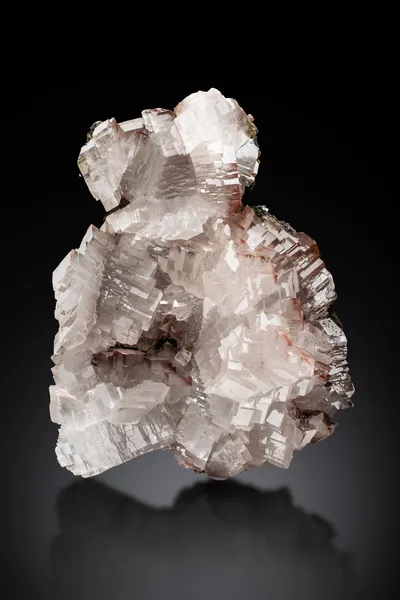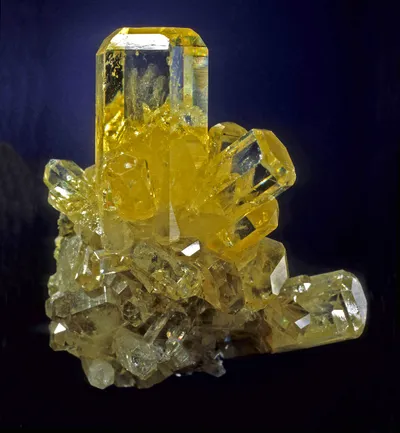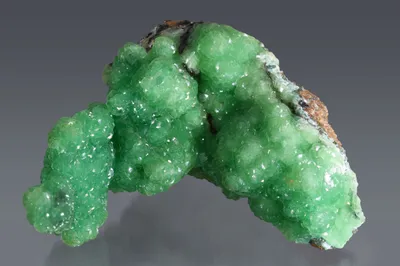Mineral Species
Hedyphane
Type Locality
No
Composition
Pb3Ca2(AsO4)3Cl
Crystal System
Hexagonal
Status at Tsumeb
Confirmed
Abundance
Very rare
Distribution
First, second and third oxidation zones
Paragenesis
Supergene
Entry Number
Species; TSNB161
General Notes
Hedyphane was first reported from Tsumeb by Pinch and Wilson (1977) which is surprising given that several excellent specimens (now in the Southwood Collection) were included in the research collection of Dr Bruno Geier, chief mineralogist at Tsumeb between 1952 and 1972. While hedyphane is a rare mineral at Tsumeb, certain occurrences are easily overlooked as mimetite, after which it sometimes forms pseudomorphs.
Pinch and Wilson (1977) described "… small (1 mm) crystals of white to grayish white color on calcite from the 860 m level [= 27/28 Level]."
Gebhard and Schlüter (1995) recorded a 1994 find of hedyphane from 46 Level in the third oxidation zone. According to Gebhard (1999) "… a few specimens of tan-colored crystals, up to 3 cm long, were discovered. Some crystals show hollow elongated perimorphs after an unknown mineral, probably mimetite." An example of this material is in the Pinch Collection at Harvard University (MGMH 2020.7.830).
Gebhard (1999) also noted a unique specimen with a 1 cm crystal of stolzite on a 3 x 3 cm group of hedyphane crystals.
Associated Minerals
calcite; cuprite; mimetite; smithsonite; stolzite
Pseudomorphs
Hedyphane is reported to form pseudomorphs after the following minerals: mimetite (rare).



